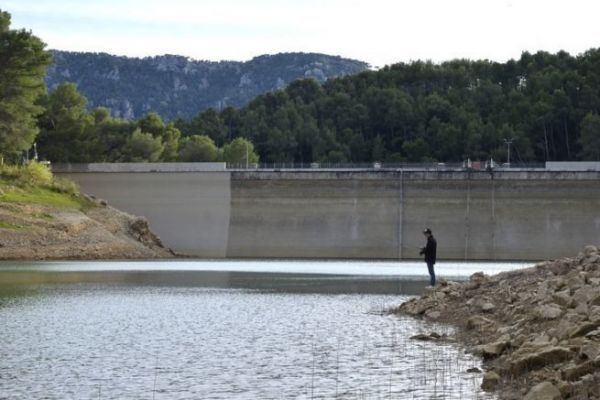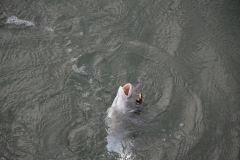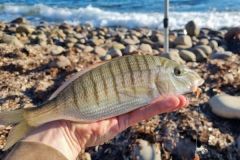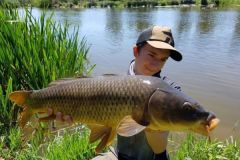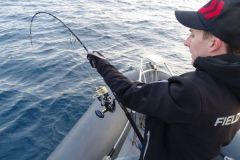Untapped potential
Some reservoirs are closed to navigation for safety reasons, so we have to fish from the shore. The inherent risk of shore fishing on this type of lake is frequent snagging. That's why most anglers avoid spending too much time there, or risk seeing their precious stock of tackle quickly disappear.
The braver anglers who take the risk more often will not deliberately scrape the bottom. This leaves a large number of spots virtually untouched, where fish can lurk without fear of being fooled by a lure.
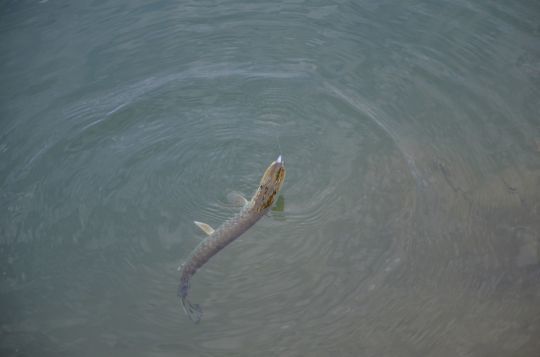
Finding the right zone
Obviously, the aim is not to tempt the devil and scrape the bottom with a lure armed with two trebles. It's important, even before starting to insist on an area, to find the one that will be suitable. It's bound to be rocky, but there are different types of break that are more or less risky for your lure. If you notice a very large break several meters from the edge, there's a good chance of it catching when you come up to the surface.
On the other hand, if the break starts at your feet, the length of the rod will enable you to avoid it easily. If the edges of the lake are very steep, finding a plateau between two breaks will be your best chance of finding a large number of fish.
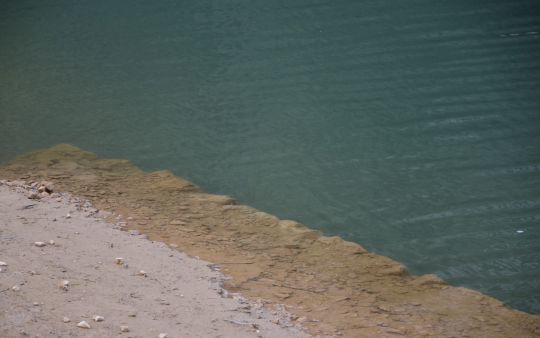
Be gentle for less snagging
Although you run the risk of hooking frequently when fishing a rocky reservoir from the shore, there are several ways to limit this phenomenon. Firstly, you'll need to do as much reconnaissance as possible, at different times of the year, to find areas where fish congregate.
It's also de rigueur to refrain from striking when touching a stone. It may seem obvious, but it can be difficult to tell the difference between a touch and contact with the bottom. It's better to cast quickly when in doubt, rather than strike, to be sure that a fish has bitten. Casting will bring your lure up through the water, limiting the chances of it touching the bottom again, while pre-shoeing the fish. If it was indeed a bite, you'll feel the fish struggling, so you can strike to drive the hook deeper.
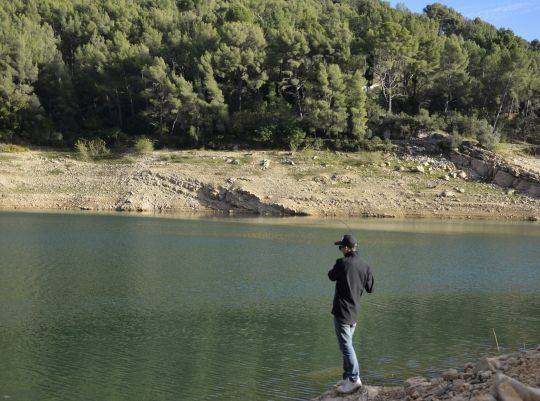

 /
/ 